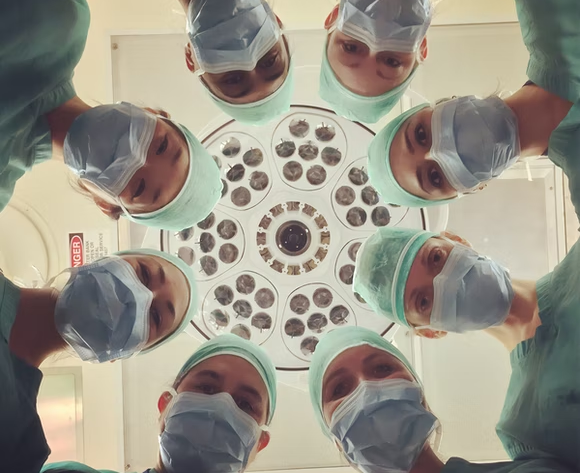The time has come. You’ve left the classroom behind, partially if you go to a non-US school and fully if you are in your clinical years as a US/Canadian medical student or IMG. You’re nervous, you don’t know what to expect and you just want to not feel stupid when someone asks you a question. I’ve been there- we all have. Here’s what you need to know as you got through your clinical rotations.
What are Clinical Rotations?
Most medical schools have their curriculum divided into pre-clinical and clinical years. The first part 2-3 years consist of you sitting in a classroom, or if you’re like the rest of us pandemic/post-pandemic docs, in front of a computer screen learning about body systems and diseases as well as techniques for physical examination. The clinical years have to do with putting everything you’ve learnt into practice, ON THE GROUND. Ground being the hospital, of course.
Why Do You Need Clinical Rotations?
Simple. Unless you have longterm photographic memory, you’ve forgotten alot of things that you studied or crammed over the last 2-3 years. Some of the important information is hidden in the deep crevices of your mind, and the hospital rotations can be a good way to activate the dormant information lying around your brain. Also, being apart of the healthcare team prepares you for what life will be as an official doctor.
Types & Purpose
Most schools have mandatory clinical rotations in the big 5 medical specialities:
- Obstetrics and gynecology
- Internal medicine
- Family medicine
- Pediatrics and
- Surgery
Then, depending on your school, you may even get to do some elective rotations in other specialities of interest, like Opthalmology, Otorhinology, Neurology, maybe even Psychiatry.
What Are My Options for Preparing for Clinical Rotations?
As always, to be forewarned is to be forearmed. You’re already on the right path looking for resources and tips online on how to survive your hospital years. But how else can you prepare?
1. Read up about the specialty before you start
Go through the most important information about the specialty that you learnt in pre-clinical years. If you’re doing Obstetrics and Gynaecology, go through the stages of fetal development, the process of labour and the Leopold maneuvres. If you are doing Family Medicine or Internal Medicine, it would be wise to revise Diagnosis and treatment of common diseases like Diabetes and Hypertension as well as diagnostic scales for renal diseases. For pediatrics, make sure you know how to do your drug dose and solution calculations, as well as treatment for dehydration. Surgery- try to remember all your “triads” and liquid replacement calculations.

2. Remember you’re not a doctor yet!
Yes, you are now apart of the healthcare team, but you’re not yet an offical MD- so don’t feel pressured to know every single thing a doctor will know! The clinical rotation years are filled with trial and error, so enjoy the journey! Tip: be your intern or resident’s shadow- the more you stick with them is the more you will see and the more you will learn!
3. Make time to network and socialize
Many times on clinical placements, you meet not only medical practitioners who will become your superiors, but you may also meet other med students from other schools that may become great friends and medical colleagues! Make the effort to get to know them and make friends- it will serve you well!
4. Be as professional as possible
Yes, you are still just a student, but these are REAL patients, so show up ready to work. Dress professionally- don your best outfit, or wear what is required by your hospital site, which is usually a well ironed white coat and clinical attire. Be polite and maintain professional lines as best as possible. Get to know your patients- their names, clinical history and details about their evolution during their hospital stay. This creates a greater patient-provider bond and also gives you points with your resident and attending! Try it!
5. Brush up on specialty- specific clinical skills
This one is IMPORTANT. If you haven’t learned how to do certain clinical procedures (appropriate to your level), learn them. Watch some YouTube channels (like this one) that teach you how to put in a Foley catheter, or nasogastric tube, how to do an ABG, or do a full physical work up. Clinical rotations are the perfect place to practice because you have real patients and can get real time feedback from your intern or resident. Check out platforms such as Geeky Medics to brush up before you go.

You will be fine!
Clinical rotations are just a part of the journey. You will never feel 100% prepared, but with time, you’ll get better and better as you grow in medicine. Tell us how your medical rotations are going in the comments, and let us know which one of them is your favorite! Check out our ranking list of favorite rotations here.
**************************************************************************************************************
Join the family! Follow us on Instagram for more tips and interesting content!





